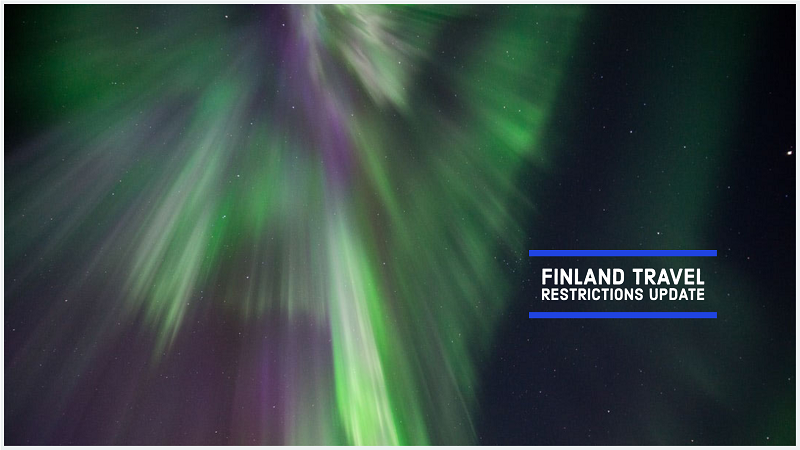On 19 November, the Government decided to extend the restrictions on entry into the country until 13 December 2020. The COVID-19 epidemic continues to accelerate, and there are significant differences between the situation Finland and in the rest of Europe. It is therefore not justified to ease the restrictions until the new health security measures under preparation have been made sufficiently available.
Earlier on 5 November, the Government adopted the latest decision on restrictions on entry into the country. The new guidelines about allowing foreign tourists are still under process.
The decision is based on the limit value of a maximum of 25 new cases of the disease per 100,000 persons in the previous 14 days. It applies to Schengen countries, non-Schengen EU countries and the United Kingdom.
No changes to restrictions on internal border traffic
Internal border traffic refers to traffic between Finland and other Schengen countries. Restrictions on internal border traffic are in force for traffic between Finland and Austria, Belgium, the Czech Republic, Denmark, Estonia, France, Germany, Greece, Hungary, Iceland, Italy, Latvia, Liechtenstein, Lithuania, Luxembourg, Malta, the Netherlands, Norway, Poland, Portugal, Slovakia, Slovenia, Spain, Sweden and Switzerland, apart from certain exceptions.
However, day-to-day travel is permitted for local border communities at Finland’s land border with Sweden. Similarly, commuting and other essential travel is permitted for local border communities at the Finland’s land border with Norway. In addition, people can come to work in Finland from Sweden and Estonia without a 10-day self-isolation period. Leisure boating from the EU and Schengen countries to Finland is also permitted.
At the internal borders, the restrictions on entry allow only return traffic to Finland, transit traffic, work-related travel and travel for other essential reasons, apart from the above-mentioned exceptions. A 10-day period of self-isolation is recommended for travellers arriving in Finland. Travellers can shorten their self-isolation period at their discretion if they take two voluntary COVID-19 tests.
Minor changes to restrictions on external border traffic
External border traffic refers to traffic between Finland and non-Schengen countries. From 23 November onwards, restrictions on entry in external border traffic will be reinstated for residents of Uruguay arriving in Finland. No other changes will be made to the decision adopted on 5 November.
Restrictions have already been lifted for traffic arriving in Finland from the Vatican, and for traffic between Finland and Australia, Japan, Rwanda, South Korea, Singapore, Thailand and New Zealand for residents of these countries.
Restrictions will also be lifted for residents of China and of the Hong Kong and Macao Special Administrative Regions who are travelling from these regions to Finland, provided that reciprocity is confirmed by the Council of the European Union.
People may still come to Finland from the following European countries for work or other essential reasons: Andorra, Bulgaria, Croatia, Cyprus, Ireland, Monaco, Romania, San Marino and the United Kingdom. The restrictions on entry for these countries correspond to the restrictions on internal border traffic. A 10-day period of self-isolation is recommended for travellers arriving in Finland.
For all other non-Schengen countries, restrictions on entry permit only return traffic to Finland and other EU and Schengen countries, transit traffic at Helsinki Airport and other essential traffic. In addition, a 10-day period of self-isolation is recommended for travellers arriving in Finland. Travellers can shorten their self-isolation period at their discretion if they take two voluntary COVID-19 tests.






